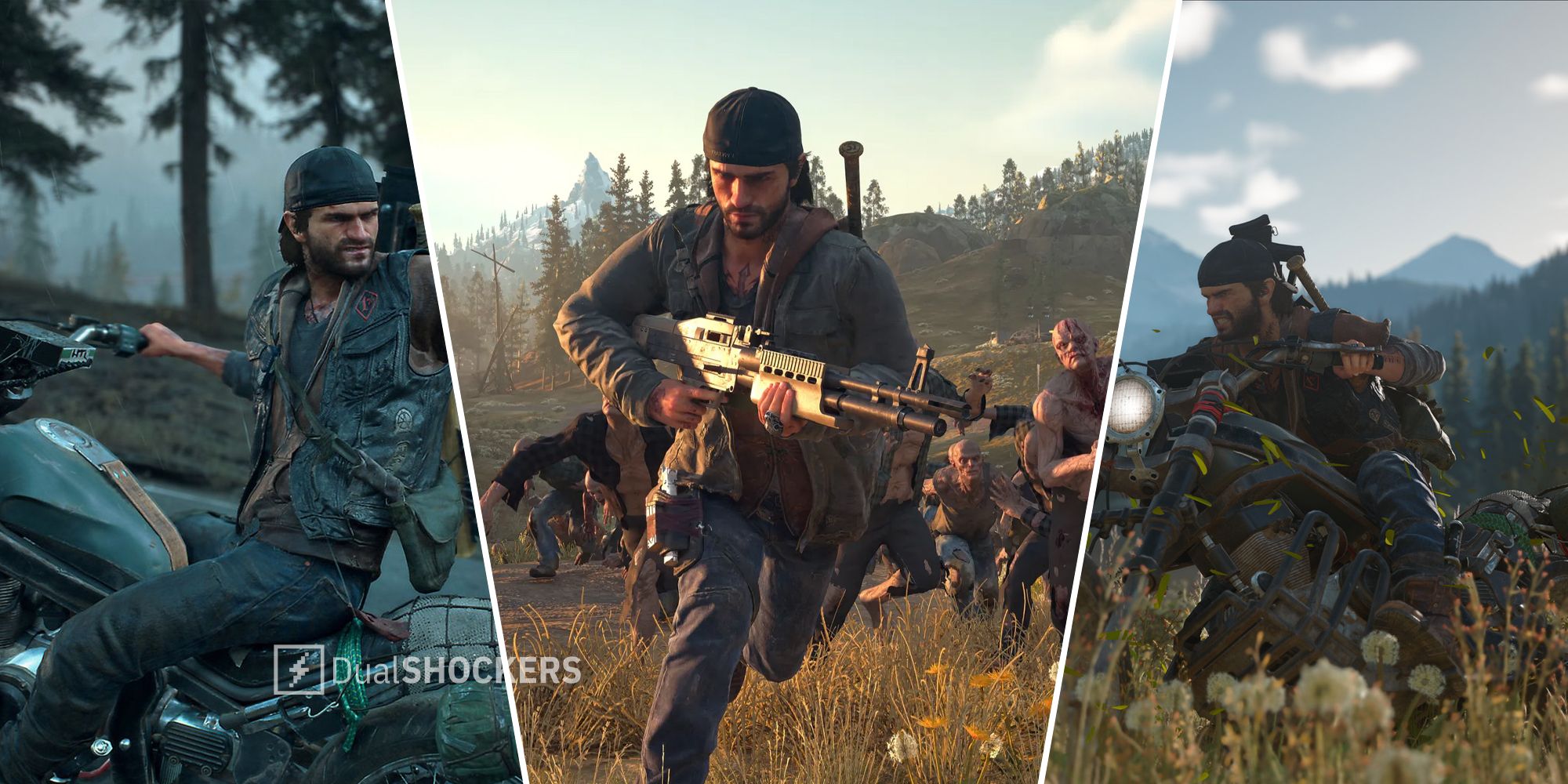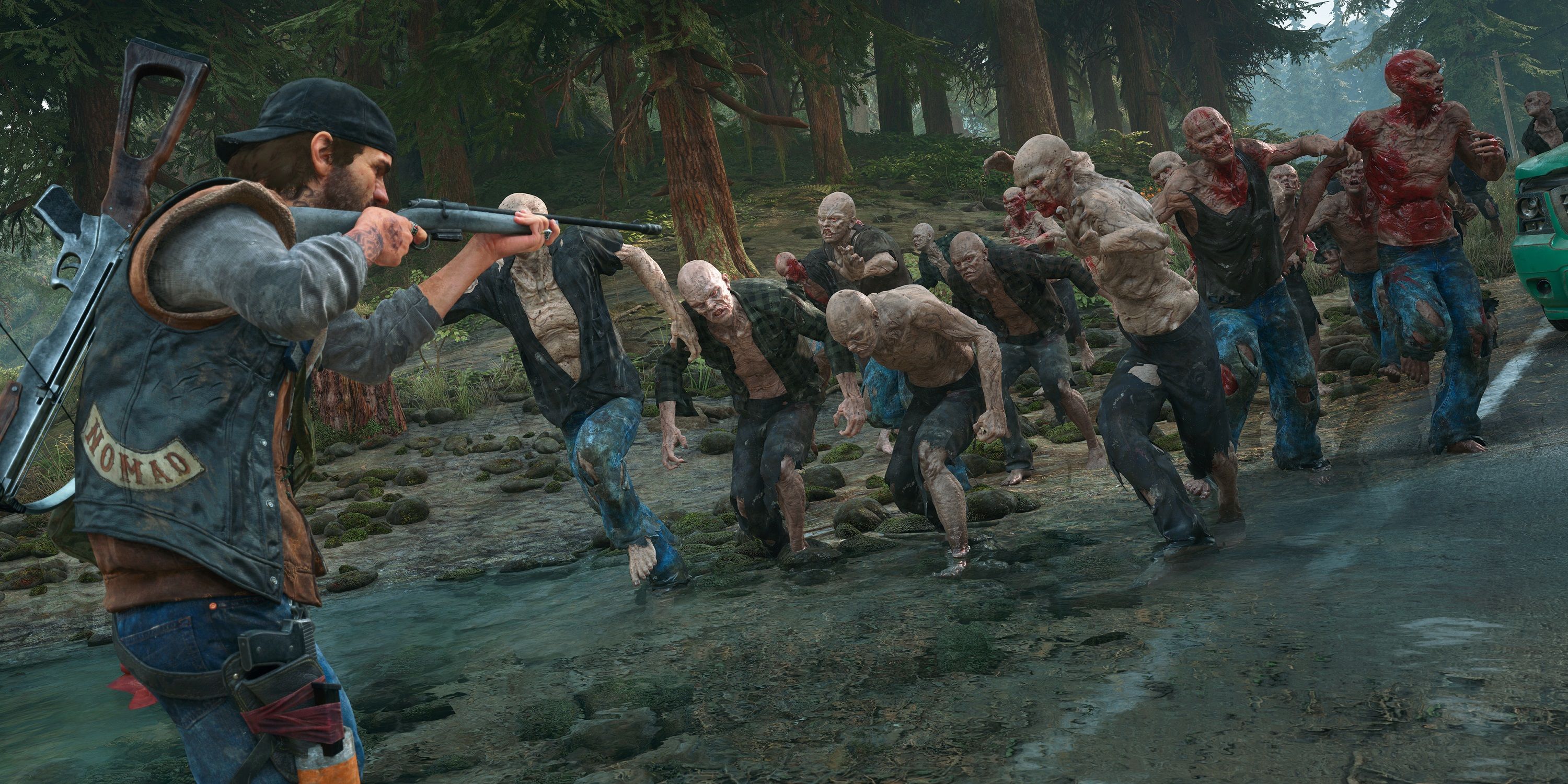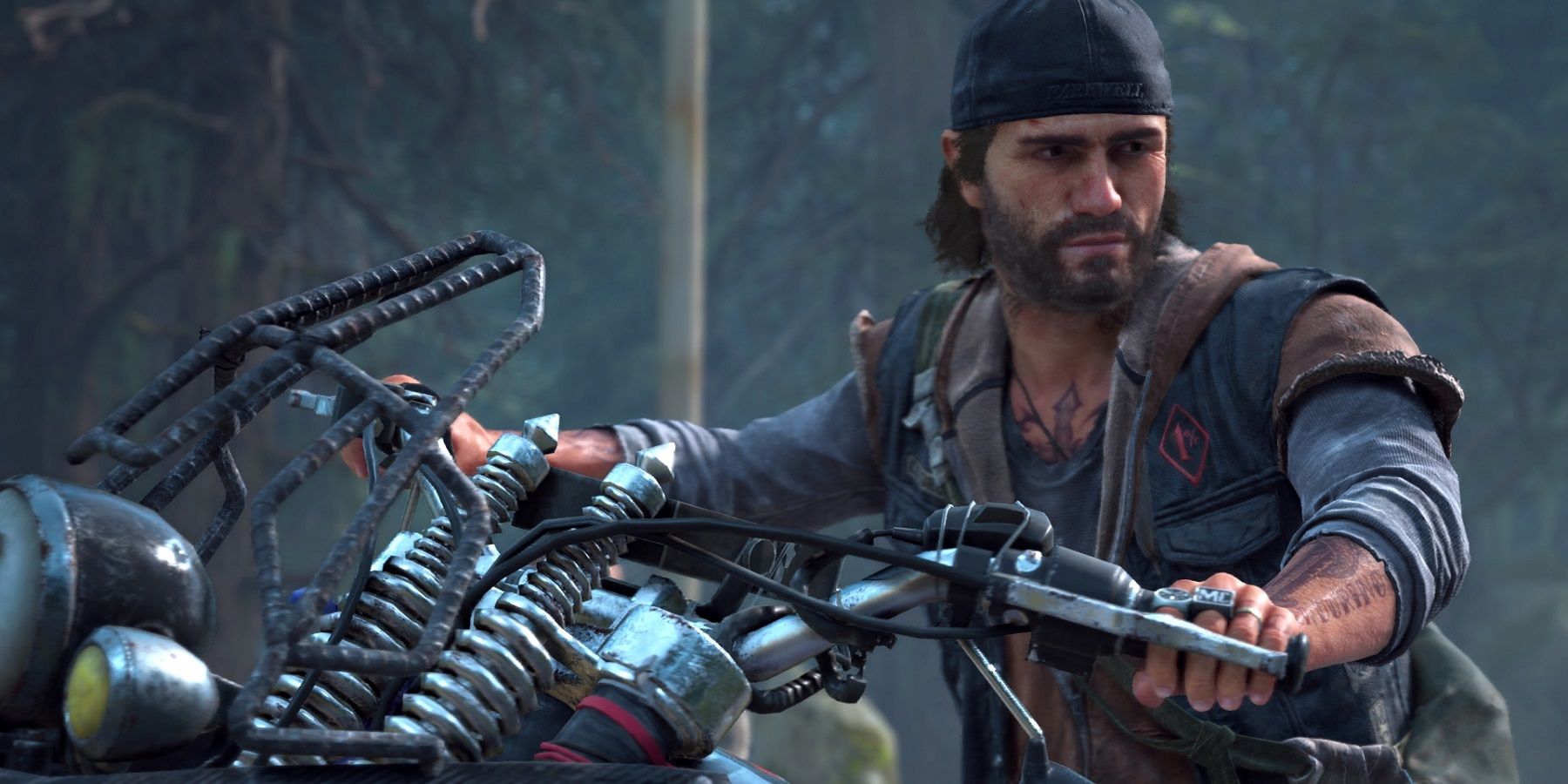The story of Sony and Days Gone is a complex one. The open-world game, which takes place in the Pacific Northwest, came out in 2019 to some mixed reviews. You play as Deacon St. John, a biker and bounty hunter surviving an apocalypse after a catastrophic pandemic turns the world into a freaker-infested hellscape. Due to its less-than-stellar critical reception, Days Gone quickly became an oddity among PlayStation’s blockbuster first-party titles. While it may not have been the most successful of PlayStation's hits, it was also a rare step by Sony into a new IP, and provided a strong foundation for a sequel. However, Deadline reported on their site that Sony is working on a movie adaptation instead.
With a Metacritic score of 71/100, but a user score of 8.4/10, the game was better received by audiences than critics. This trend toward audiences enjoying the title also extended to its PC release. The game currently has a Steam rating of “very positive,” displaying that 92% of reviews for Days Gone are favorable. Such a large discrepancy in review scores could be inflated by general approval for PlayStation exclusives coming to PC, with Steam users showing their support for this relatively recent practice by Sony. Regardless, Days Gone performed very well with its PC release. Unfortunately, when it came time to discuss Days Gone 2, things didn’t turn out so well.
Days Gone is far from a perfect game, but it was a good start to what could become a great franchise. The game's open world contained some impressive emergent gameplay. For instance, a player could find themselves pinned down fighting against marauders in a camp, only to have a horde come through. Both the player and the marauders would need to fight for their lives against the freakers, forgoing their own dispute to face a bigger threat.
When Bend Studious promised the world would come for you, they meant it. Marauders waited to snipe you off your motorcycle as you breezed along an open road, and a damaged bike meant major problems for the player. Your motorcycle was more than just a vehicle, it was your save point and therefore a tether to safety itself.
Horde encounters were unlike anything I’ve ever played before. The answer to taking on a horde wasn’t just overwhelming firepower (though that didn’t hurt). Instead, players were sent running and scrambling through obstacles as freakers gave chase. Familiarity with your surroundings became crucial as you ran around a lumberyard with freakers flooding in around you like a tsunami of rotten flesh. Taking out your first horde was immensely satisfying, feeling as if you’d just barely managed to pull off something impossible.
My first run-in with a horde was an embarrassing affair. I tried to run between boxcars of an abandoned train. In a panic, I threw molotovs too close to Deacon, setting him on fire. My fingers mashed buttons quickly and foolishly as I tried cycling to any weapon to keep the freakers off of me. After backing myself into a boxcar with no ammunition and a baseball bat as my only defense, the freakers swarmed over me.
A catastrophic failure, but the thrill of it was something I couldn’t wait to get back to.
While the story and world seemed like a generic zombie apocalypse at first, Days Gone quickly found its identity and evolved as you played the game. As you came to know Deacon, he moved from surly survivor to a man who’d loved and lost and then found a chance to reclaim his life. Instead of having one central group of survivors, you had several pockets of society that managed to find ways to endure.
Each camp had their own philosophies and hierarchies. Copeland’s Camp was founded on individual freedom to a fault, with its leader regularly spouting about those freedoms and conspiracy theories over the radios. Hot Springs Camp was run by Ada Tucker, who basically ran a forced labor camp. Iron Mike’s Camp was philosophically somewhere in between the other camps. While Iron Mike had final say, he listened to his community and didn’t enact forced labor. Later in the game Deacon would discover two more camps run by the military. All of these different pockets of society seasoned the setting of Days Gone. By the end of the game, even the freakers were evolving into their own unique kind of monster, with some seemingly regaining a semblance of humanity.
In USA Today, Days Gone Director Jeff Ross said the sequel would have been the “definitive version” of the game. He talked about continuing the narrative focus, a potentially complicated relationship between Deacon and Sarah, and what the survivors could accomplish with their new military technology. Of course there’s also the matter of Nero and what they were up to by the end of the game. All of that is in addition to the ability to reapproach boss fights, bugs, swimming, and other aspects of Days Gone that really needed to be smoothed out.
When I think back to a game like Uncharted, it’s easy to forget that the franchise didn’t really find its stride until Uncharted 2. It's much easier for a game in an established IP like God of War (2018) or Marvel’s Spider-Man to flourish than it is for a new IP - sometimes, that leap of faith is needed. Even some games with an established IP get off to a rocky start. The Witcher was a serviceable but clunky game that went on to find massive success with The Witcher 2 and The Witcher 3. Sometimes a first game performs just well enough to set up a more successful sequel, where the studio can evolve and polish it into something truly special. With Days Gone selling over eight million copies on PlayStation, and over a million on PC, you'd think that commercially it'd earned its shot.
Instead, Bend Studios is working on a new open-world IP that will supposedly build on a lot of the core systems that shined in Days Gone. As a fan, I’m thrilled to hear that all of Days Gone’s good ideas aren’t being scrapped, but I want to know where the story was going. In an after-credits scene, Deacon found out that O’Brian (who helped him find Sarah again) is a freaker himself. Where was that going? What was N.E.R.O. up to with all of their experiments? How would these things have reshaped the lives of Deacon and his fellow survivors? The freakers were evolving, but we never found out how or why. I can’t say which threads would’ve been pursued in Days Gone 2, but they’d set up enough for me to be insatiably curious.
To be clear, I’m not against a movie adaptation as a concept. It’s great that Sony is trying to bring their stories to more people. But I can't be the only fan who wants to get back on Deacon’s motorcycle and hit those winding, wild roads, where the cool freshness of the great American wilderness is flecked with the stench of rotting hordes. I want to know what nefarious plot N.E.R.O. had in mind for this new world. We may never get it, but I’ll always believe in Days Gone 2 and the sequel that could’ve been.



